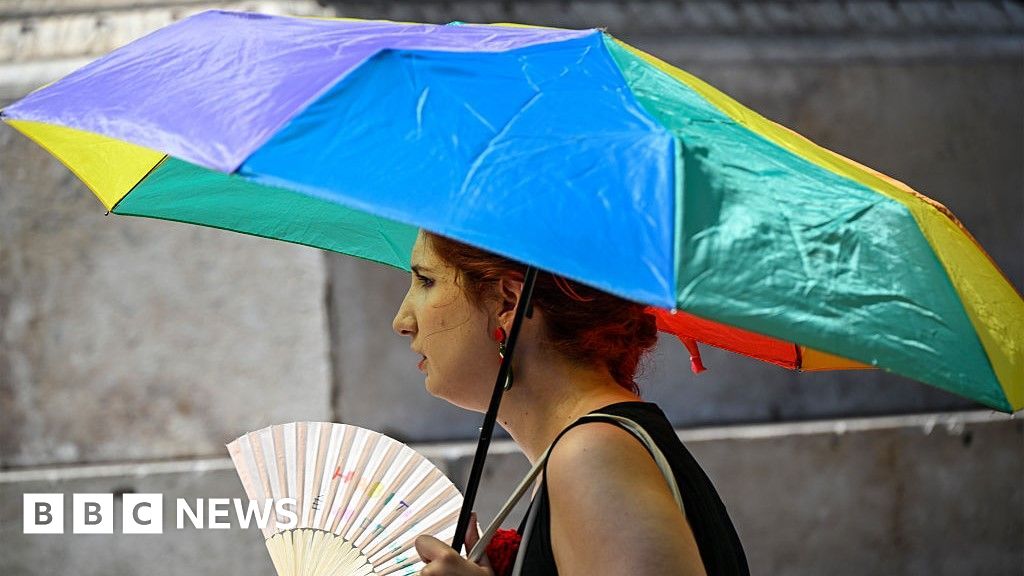Butterflies’ flight trajectories often appear random or chaotic, and compared with other hovering insects, their bodies follow seemingly mysterious, jagged, jerking motions.
These unique hovering patterns, however, can potentially provide critical design insights for developing micro-aerial vehicles (MAVs) with flapping wings. To help achieve these applications, researchers from Beihang University studied how butterflies use aerodynamic force generation to achieve hovering. They discuss their findings in Physics of Fluids.
“Hovering serves as an essential survival mechanism for critical behaviors, including flower visitation and predator evasion,” said author Yanlai Zhang. “Elucidating its aerodynamic mechanisms provides fundamental insights into the evolutionary adaptations of butterflies’ flight kinematics.”
The scientists used high-speed cameras to capture this process in wild-caught white cabbage butterflies. To avoid damaging the butterflies’ wings with physical markers—and thus altering their flight patterns—the researchers trained a deep learning model for tracking the butterflies’ body features and specific wing points during their flight sequences.
By comparing multiple factors—including the size and shape of butterfly wings, and the mechanisms of upstrokes and downstrokes—the researchers found the primary factor contributing to butterflies’ hovering is their body pitch.
Unlike other insects, butterflies continuously adjust the angle of their body as they hover, modifying the orientation of their aerodynamic forces to ensure their wing strokes provide sufficient vertical force while counteracting gravity. This adjustment, along with adjustments to their wing pitch angles, allows butterflies to generate adequate force to sustain hovering flight.
Butterflies’ ability to maintain hovering with light wings flapping at low frequencies can help engineer stealthy MAVs with low structural demands. Though MAVs have already successfully replicated other insects’ and birds’ hovering capabilities, butterflies offer unique applications ranging from safety to conservation.
“This capability could revolutionize their operational scope, from navigating confined disaster zones for search-and-rescue missions, to conducting precision pollination in greenhouse environments,” said Zhang.
“We are particularly excited about deploying such silent hover-capable MAVs for noninvasive wildlife observation, where their biomimetic appearance and quiet operation would minimize disturbance to natural behaviors.”
More information:
The roles of body and wing pitching angles in hovering butterflies, Physics of Fluids (2025). DOI: 10.1063/5.0265833
Citation:
Butterflies hover differently from other flying organisms, thanks to body pitch (2025, May 13)
retrieved 14 May 2025
from
This document is subject to copyright. Apart from any fair dealing for the purpose of private study or research, no
part may be reproduced without the written permission. The content is provided for information purposes only.

















